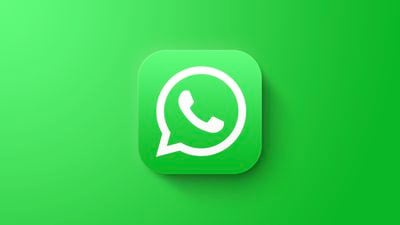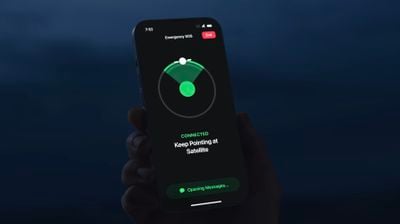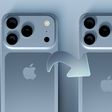Texas Governor Greg Abbott today signed into law the App Store Accountability Act, which will require Apple and Google to verify the age of App Store and Play Store users, respectively. The law will require users who are under the age of 18 to receive parental consent to download apps or make in-app purchases, according to Reuters.
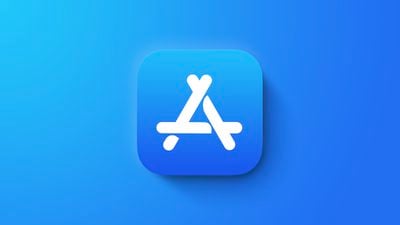
Apple CEO Tim Cook had reportedly asked Abbott to veto the legislation on a phone call, but evidently his attempt was unsuccessful.
The bill had already passed both the Senate and House of Representatives in Texas, and now that it has been signed by Abbott, it will take effect on January 1, 2026. Texas is the second U.S. state to pass a child safety law of this kind, following Utah in March. Utah's law took effect earlier this month, but it will not be fully enforced until next year.
Apple already announced several new child safety measures in February, after these bills were proposed. While setting up an iPhone or iPad running iOS 18.4 or iPadOS 18.4 or later, the person who will be using the device must select their age range, with the available options including 12 or younger, 13 to 18, and 19 or older. If the account is for a child under the age of 13, there is a Connect to Family option. A parent needs to provide consent for a child to use the App Store and other features, with Face ID or Touch ID authentication required.
It remains to be seen if Apple's expanded age-verification measures will be enough to fully satisfy the laws in Texas and Utah, and others that may follow.
Apple and Google both opposed these age verification laws, citing privacy concerns related to having to collect age information for all users.
"If enacted, app marketplaces will be required to collect and keep sensitive personal identifying information for every Texan who wants to download an app, even if it's an app that simply provides weather updates or sports scores," said Apple.
Note: Due to the political or social nature of the discussion regarding this topic, the discussion thread is located in our Political News forum. All forum members and site visitors are welcome to read and follow the thread, but posting is limited to forum members with at least 100 posts.











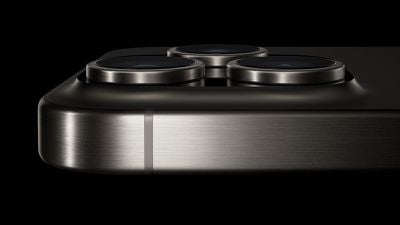


 Note: MacRumors is an affiliate partner with some of these vendors. When you click a link and make a purchase, we may receive a small payment, which helps us keep the site running.
Note: MacRumors is an affiliate partner with some of these vendors. When you click a link and make a purchase, we may receive a small payment, which helps us keep the site running.